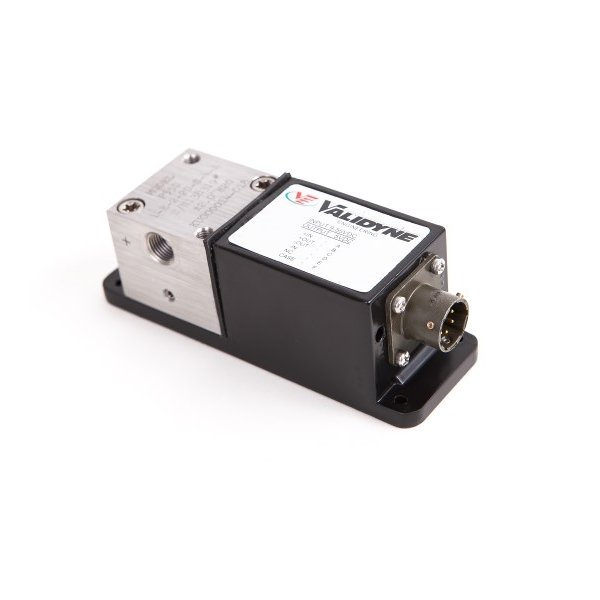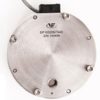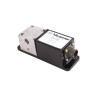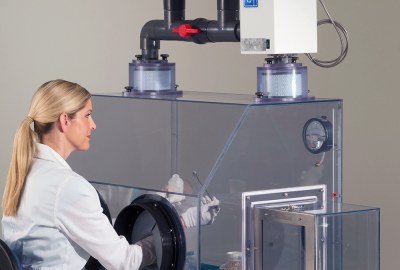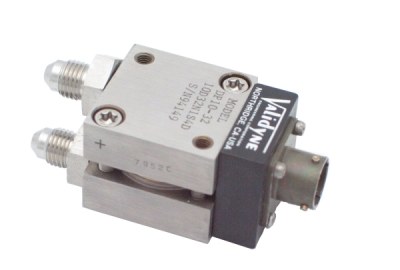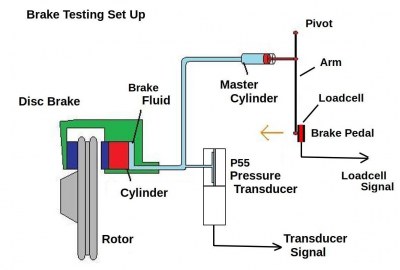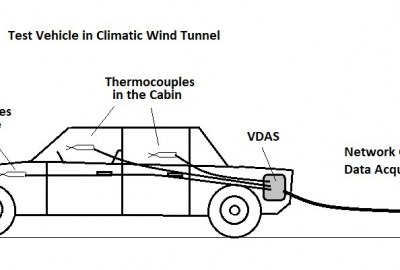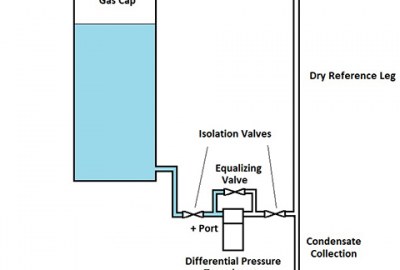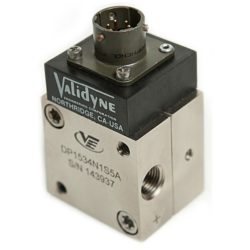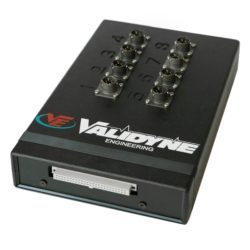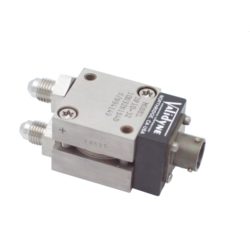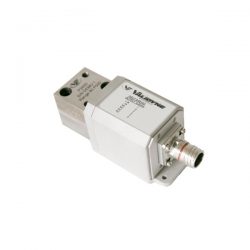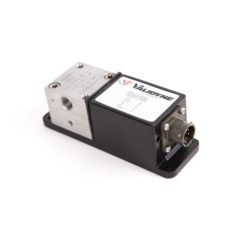Automotive, Flight Testing
Pressure Measurement in Engine Test Cells
Does synthetic oil reduce bearing wear? Do gasoline additives really improve combustion? These questions are investigated in a special laboratory known as an engine test cells. There are many pressure measurements needed on an engine: oil pressure, exhaust pressure, coolant pressures and any number of emission pressure measurements. Pressure transducers must be protected from the ambient environment of the test cell and still provide useful signals to a data acquisition system.
An engine test cell is a noisy, dirty and cramped room containing a running engine and everything needed to conduct the test and make the required measurements. The engine must have a sturdy mounting and a dynamometer to simulate loads. There must be piping to remove the exhaust gases and to bring in clean air. There must be adequate ventilation so that heat exchanged by the radiator can be removed from the test cell.
Pressure transducers used inside the engine test cell are mounted in a large protective enclosure that usually hangs from the wall or the ceiling. Sometimes a portable enclosure is used that has wheels so the sensors and transducers can be moved for different engine configurations.There are often several dozen transducers inside the enclosure and all of the power and signal wiring must be brought out to the data acquisition system outside the test cell. The plumbing for the transducers is a series of hoses that are connected to the outside of the enclosure and run to various points on the engine.
Because the enclosure holding the transducers is tightly packed, the ideal transducer must be compact and easy to install. The cramped conditions in the typical test cell also require that the transducer be highly reliable; changing out a pressure transducer during a long-term engine test will inevitably create gaps in the test data. A high-level output from the transducer reduces cost for external signal conditioning for the data acquisition system.
The Validyne P55 has been successfully used in test cell environments for many years and provides the rugged stability needed for this challenging environment. New versions of the P55 with a CAN Bus interface are now able to connect directly into the data stream from the engine’s processors.
Comments are closed

